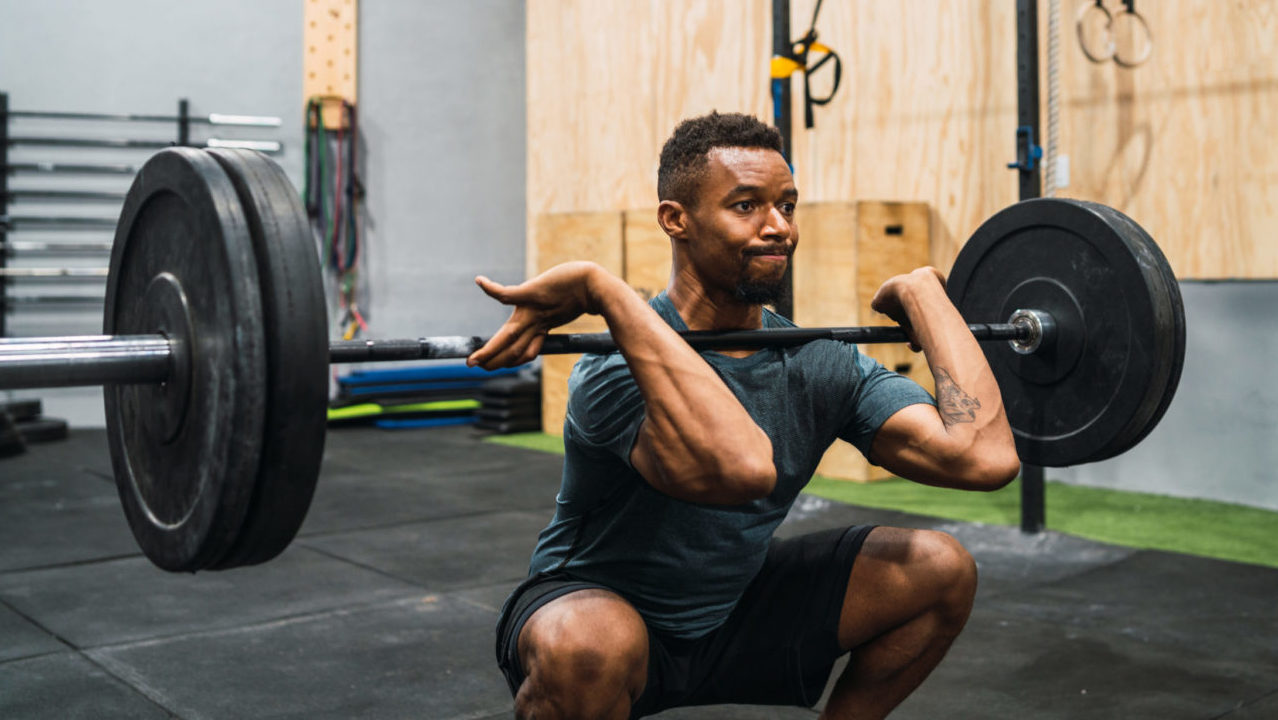General Physical Preparedness or GPP refers to a broad, general and inclusive capacity to adapt to any conceivable physical task. The idea is to not just be good in the gym or within a specialty, but rather have the ability to thrive outside the gym in sport, life, and combat. Life makes no distinction about what it throws at you. It doesn’t care whether you are ready and prepared for the unknown and unknowable or not. Therefore, having a good level of GPP means that you are in a constant state of readiness to thrive and take on a wide variety of tasks. Training for GPP requires good variance in a training program or exposing yourself to a lot of different stuff in many different ways. Alternating loading from bodyweight to a 1 Rep Max, mixing durations of effort from a two-minute test to one that may take hours, and combining different functional movement patterns seen in life with a variety of modes such as weightlifting, gymnastics and cardio work, create broad development across many different capacities. The goal is to be a jack of all trades, yet a master of none.
Combined efforts
Segmented Training produces segmented results. Separating cardio, from strength, from gymnastics training doesn’t provide nearly the same type of results as mixed modes of workouts under intensity. If you think you can get your cardio in the morning, then do your strength work in the afternoon and truly be prepared for life, you are mistaken. Just think about it, in sport or life is it usually one or the other that is thrown at you? Consider a first responder, athlete, fighter, or military operator…they need to be strong and fast simultaneously. If a fire fighter can pick you up, but is too gassed to take you anywhere that’s not effective, nor is the firefighter who has all the cardio in the world but is not strong enough to lift his victim. Life and sport require multiple skills at once, so segmenting them is not practicing how you play or live.
Why you segment
Many athletes prefer segmenting training because training with less variance just doesn’t hurt as much or require as much neurological demand. Practicing thrusters then practicing pull-ups by themselves will never pack the same punch as the workout “Fran” (21,15,9 reps thrusters and pull-ups done for time). When the skills are mixed, when your are expected to lift heavy and be coordinated under a high heart rate, or practice something you have not done before, the body and mind adapts to that new stressor. The result is an increased capacity, and a level of fitness and adaptability that is hard to recreate any other way. Consider these three CrossFit name benchmark workouts that target GPP and the different skills they require. They are a fantastic tool for training and evaluation:
“DIANE”
• 21,15,9
• Deadlift 225lbs
• Handstand Push-ups
Skills required:
Lower body, core and grip strength, muscle stamina, balance, flexibility, coordination, intermediate gymnastic competency, cardiorespiratory endurance, moderately heavy lifting, @ 5 Minute effort
“HELEN”
4 rounds for time:
• Run 400 meters
• 21 kettlebell
swings
• 12 pull-ups
Skills required:
Cardio-respiratory endurance, muscle stamina, upper body and grip strength, basic gymnastic competency, light weightlifting, @ 8 minute effort
“ELIZABETH”
• 21,15,9
• Squat clean 135lbs
• Ring dips
Skills required:
Complex barbell competency, flexibility, upper and lower body strength and muscle stamina, and cardio-respiratory endurance, @ 5 Minute effort
“CROSSFIT TOTAL”
3 attempts at a 1 rep max:
• Back squat
• Strict press
• Deadlift
Skills required:
Top end strength and power output. Slow simple lift competency.
“FIGHT GONE BAD”
• 1 minute of wall ball shots 20lbs
• 1 minute of Sumo deadlift high pulls 75lbs
• 1 minute of box jumps 20’’
• 1 minute of push press 75lbs
• 1 minute of rowing for calories
• 1 minute of rest
Skills required:
18 Minute effort. Light intermediate skill weightlifting, cardio-respiratory capacity, muscle stamina.







